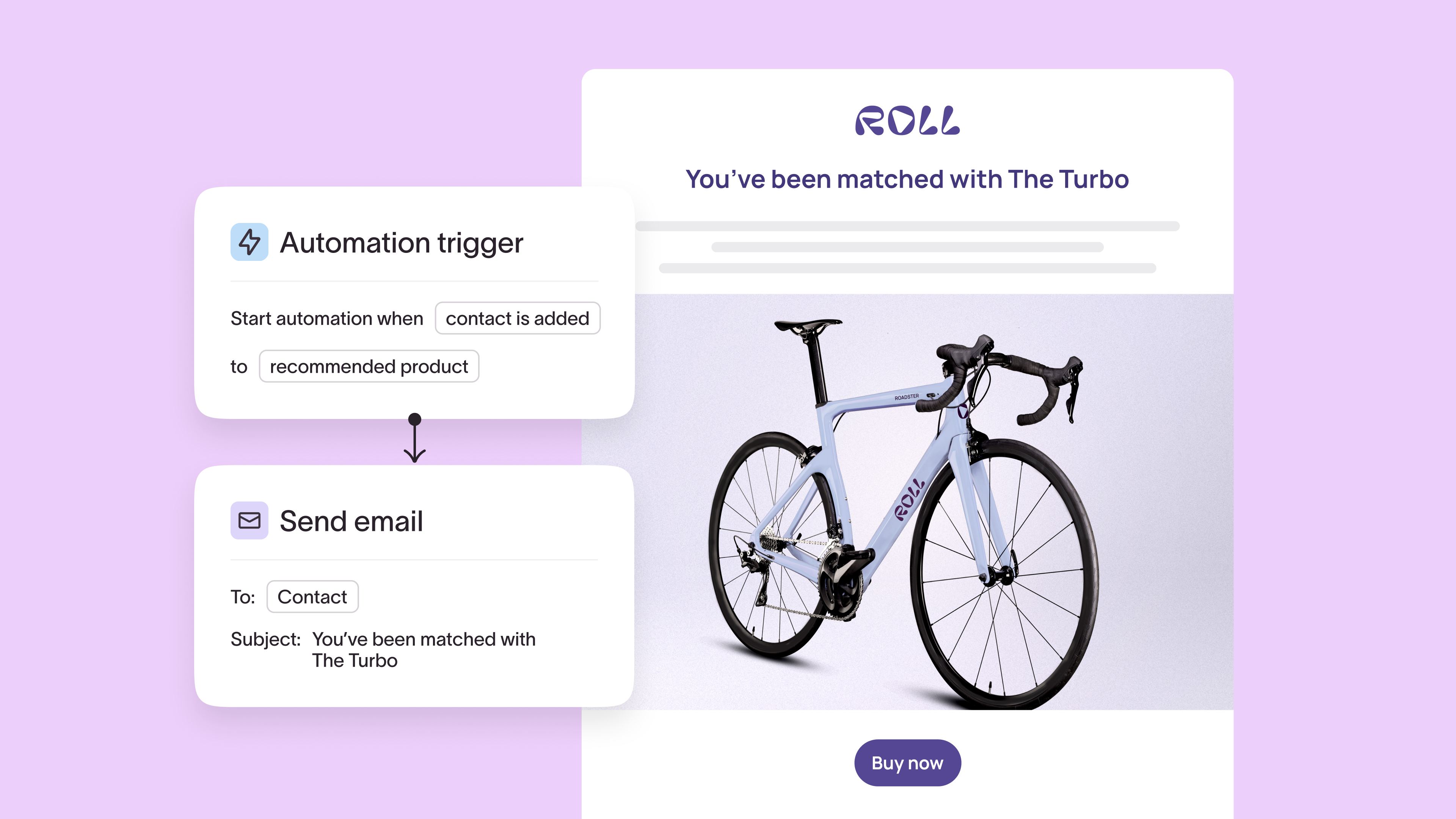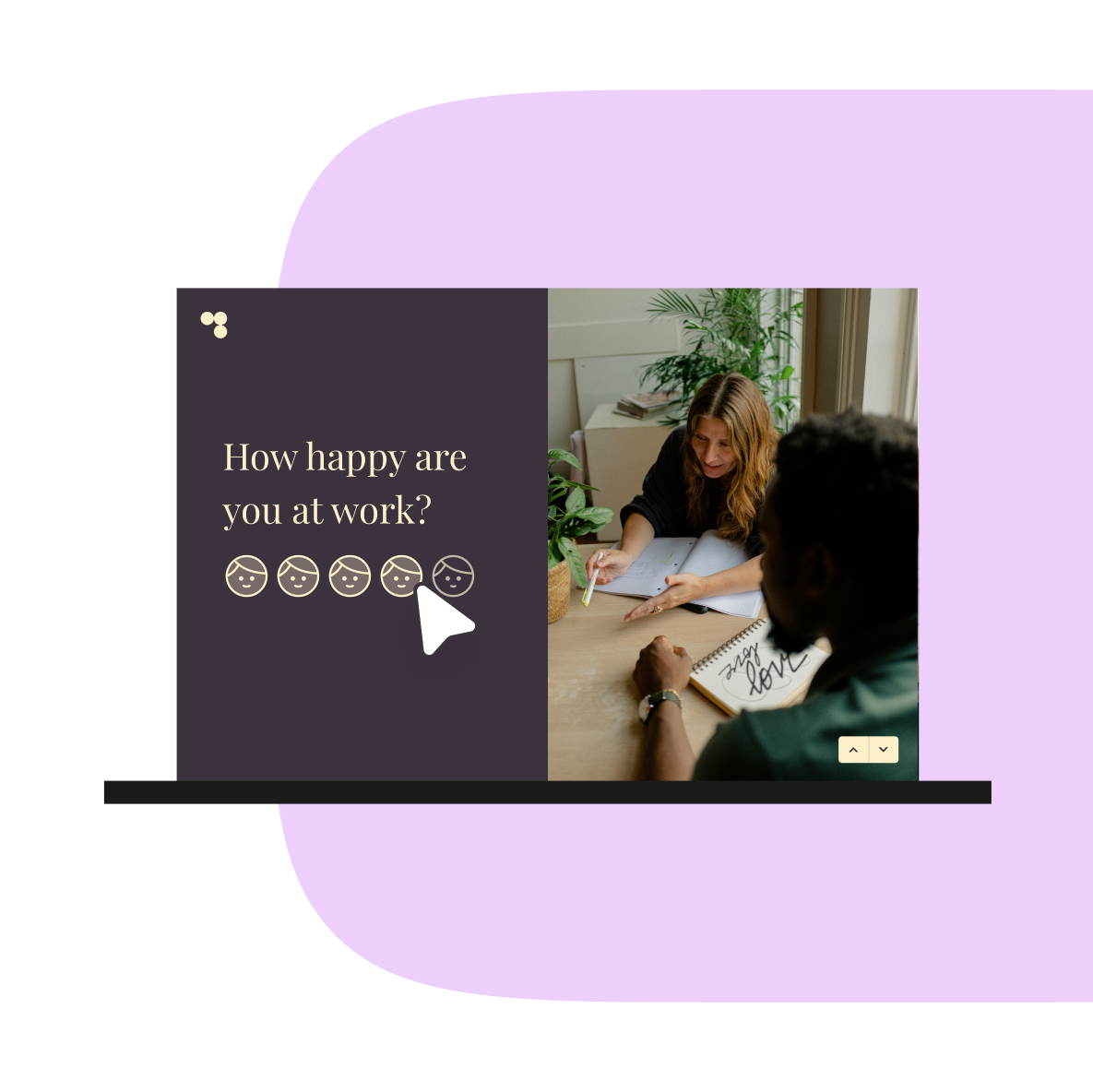Facebook event image size: a simple guide
The 2025 Facebook event image size is 1920 x 1005 pixels—about a 2:1 ratio. Learn what makes a great event header with examples here.

If you’re planning to bring people together, you know that planning starts with an invite. And Facebook makes it easy to create an event, share the details, and get an idea of who’ll be attending (and who, regrettably, can’t make it,) all from a digital platform. A memorable Facebook event photo keeps your event top of mind and helps it stand out from the mindless scrolling of social media.
Luckily, there are plenty of tools and tips to help you create an effective, on-brand Facebook event photo. Let’s start from the top.

Facebook events are one of the most effective ways to bring people together—whether you’re hosting a virtual webinar, an in-person meetup, a product launch, or an online sale. With a well-crafted Facebook event page, you can easily share event details, invite attendees, and keep everyone informed, all in one place. The right Facebook event photo size and a clear, engaging event photo help your event stand out in busy newsfeeds, making it more likely that people will notice and RSVP. Creating the best Facebook event means paying attention to every detail, from the event photo to the event description, so your attendees know exactly what to expect. Whether your event is virtual or face-to-face, a professional event page with the correct photo size and compelling event details can make all the difference in boosting attendance and creating a memorable experience.
Facebook event image dimensions
The first tip for creating a well-designed Facebook event photo is to make sure it’s the right size and dimensions. Using the correct dimensions for your Facebook event cover photo is crucial—if your image doesn’t meet the right specs, Facebook will stretch or crop it to fit the requirements, which can result in poor visual quality and lower engagement. For best results, always use the recommended size and format.
The latest specifications for the main Facebook event photo are:
- 1920 x 1005 pixels—this 16:9 ratio is the standard size for best quality across all screen sizes. Using the correct facebook event cover photo size (1920 x 1005 pixels) ensures your image displays properly and looks professional.
Choosing the right event cover photo size matters because it helps your event page stand out, improves visibility, and increases engagement. The image size you select affects how your cover photo appears on different devices, so always check that your image displays correctly on both desktop and mobile.
Before you upload your image, prepare your file by making sure it’s in a supported format (like JPG or PNG) and has a high enough resolution for sharp display. Optimize your file size to ensure fast loading without sacrificing quality.
Use software such as Photoshop or Canva to set the correct pixel dimensions, adjust your image, and preview how it will look after cropping. When you’re ready, upload your image to Facebook using the event cover photo upload feature.
Even if you decide to stray from the suggested pixel dimensions, stick to the 16:9 ratio so your image displays correctly across all devices.
But marketers know it’s rarely as simple as grabbing an asset that meets the minimum requirements and adding it to your content. Let’s figure out what makes a good Facebook event photo and how to make one.
What makes a good Facebook event photo?
Sometimes it’s helpful to start with what qualities make a bad example. Your Facebook event photo shouldn’t be
- Blurry. Your image should be properly sized and work across all screen sizes
- Generic stock images.
- Unrelated to your brand. Who are you anyway? Make sure your branding is consistent—use your logo, brand colors, and fonts so your event is easily recognizable.
- Filled with too much text. Facebook prefers ads and event photos with minimal text. As a rule of thumb, less than 20% of the image should contain text.
Also, Facebook says you shouldn’t include contact information like a URL, email address, or phone number in the event image.
Now let’s look at what makes a good Facebook event header:

- Unique, eye-catching image. Attract the attention of people who may not even be aware of your company. Brainstorm ideas for your event photo to make it stand out and engage your audience.
- Supports your brand. Use images with similar color schemes, fonts, and your logo. Consistent branding elements help your event be recognizable as you. Consider using a custom illustration style that matches your brand for added visual appeal and recognition.
- Event details. Add the date, time, venue, and any special guests. Clearly communicate essential information through the cover image so attendees know what to expect.
- Clarity. Help Facebook users instantly understand what the event is about. Keep the focus on the main event message and avoid unnecessary distractions.
Have a recurring event? Make a template image that you can easily edit with updated details of the next event. If you’re going it alone without a design team, Canva can be your sidekick in content creation. Canva makes it easy to craft a single Facebook event image or create a template to use over and over again.
How to add a Facebook event header
Now that you’ve got an image, it’s time to add it to your event. If you’re not already an admin to the event on Facebook, you’ll need to ask someone who is to make you an event host.
The process may vary slightly depending on the device you’re using (desktop or mobile).
Then follow these simple steps:
- On desktop, click “Add Event Photo” at the top right of the event page. On mobile, tap “Add Event Photo.”
- Choose your photo and reposition it if necessary.
- On desktop, click “Save Changes.” On mobile, tap save to confirm your changes.
You can’t edit the size of your uploaded photo. But you can reposition the picture if it doesn’t exactly meet the specs.
To manage your event cover photo, you can always edit or update it later by repeating these steps.
Once you’re happy with your event details and cover photo, make sure to publish your event so it becomes live and visible to your audience.
Want to step it up a notch? Use a video in the banner for your Facebook event. Facebook recommends videos between 30 seconds and 5 minutes.
Don’t forget: You can also add photos and videos to the event page itself. Let your guests add them for that crowdsourced, community feeling by adding them as co-hosts.
Want some tips for your other Facebook images? Check out our guides on Facebook cover photo size and Facebook ad specs.
Where will the event photo show up?
Once you’ve added it, your event photo appears in four main places for Facebook users and invitees. These are:
- The Facebook Newsfeed. On desktop this appears as 470 x 174 pixels and on mobile as 560 x 208 pixels.
- Main event page. Right there at the top.
- Upcoming events. The image appears as a thumbnail.
- Suggested Events. If your event is public, it’ll appear to other Facebook users as a thumbnail.
Your event photo also appears to your friends when they browse events or receive invitations, helping to build excitement and community. For a business, having a recognizable event image can boost reach and brand recognition, especially when co-hosting with other business pages. A well-designed event photo can spark interest among potential attendees, making your event stand out.
So choose a high-quality photo that’ll look amazing at different resolutions and sizes—on both desktop and mobile.
Common mistakes to avoid with event cover photos
When designing your Facebook event cover photo, it’s easy to make mistakes that can hurt your event’s visibility and appeal. One of the most common issues is using an image that’s too small, which can lead to stretching, pixelation, and a loss of quality when Facebook scales your photo for different devices.
Another frequent problem is choosing the wrong aspect ratio—if your cover photo doesn’t match Facebook’s recommended dimensions, important parts of your event photo might get cropped out, making your event details less visible to potential attendees. Overloading your cover photo with too much text or overly complex designs can also make it hard to read, especially on mobile views where space is limited.
Additionally, using low-quality or irrelevant images can make your event look unprofessional and may confuse users about what your event is actually about. To create a professional and effective Facebook event cover photo, always use high-resolution images, stick to the correct photo size, and keep your design simple and focused on what matters most for your event and your attendees.
Optimizing your Facebook event
To get the most out of your Facebook event, optimization is key. Start by crafting a clear and concise event description that tells attendees exactly what to expect. Use relevant keywords throughout your event page to help your event show up in Facebook searches and reach more people. High-quality images are essential—not just for your event cover photo, but also for any additional photos you add to the event page. Make sure to set a specific date and time for your event, and consider creating a sense of urgency by limiting ticket availability or setting a registration deadline.
Additionally, take advantage of Facebook’s built-in features like event reminders and notifications to keep your attendees engaged and informed as the event date approaches. By optimizing every aspect of your Facebook event, you’ll increase visibility, drive attendance, and ensure a smooth experience for everyone involved.
Summing up: event photo size does matter
If you plan to use Facebook events as a key part of your social media marketing strategy, then you need a photo that hooks your audience immediately, clearly communicates your brand, and sells an honest expectation of the event you’re throwing.
Note: Always use the recommended image size for your Facebook event cover photo to avoid cropping or poor display on different devices.
Optimizing your event photo size and design can significantly enhance the overall performance of your Facebook event by increasing engagement and visual appeal.
Get it right, and you’ve taken your first small step towards a successful event.


.png)